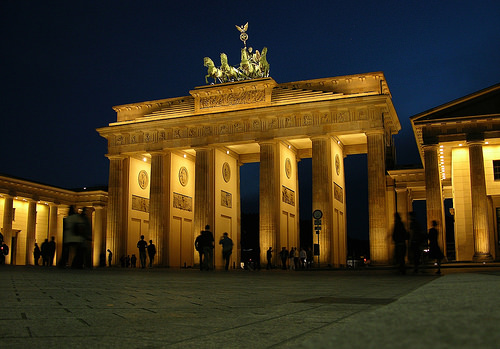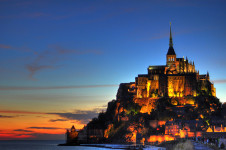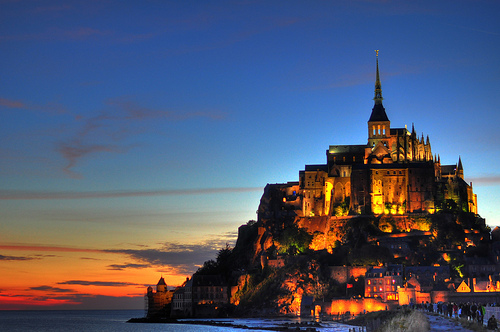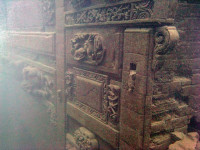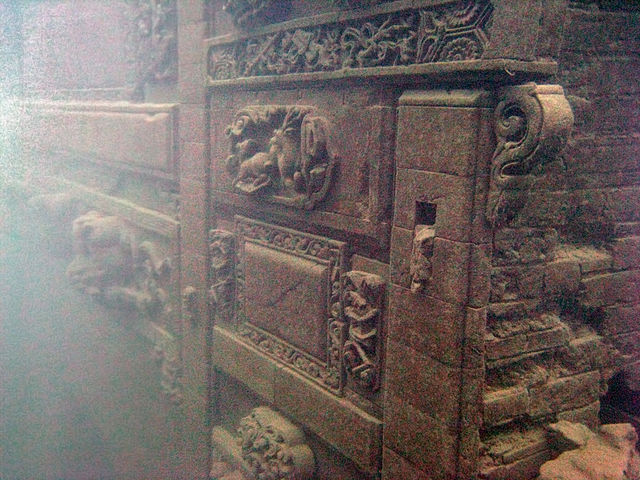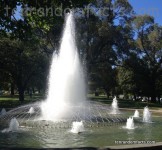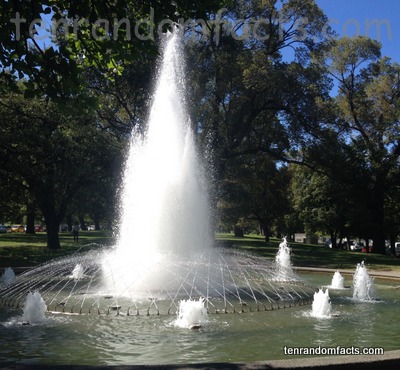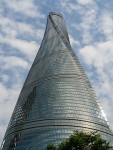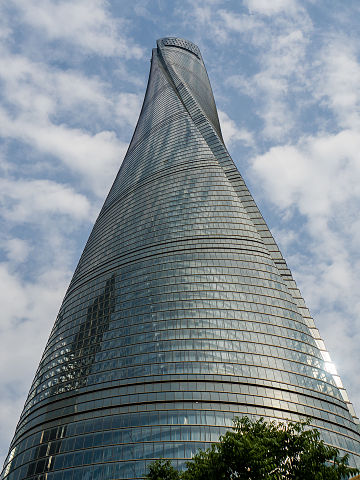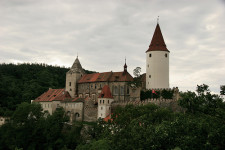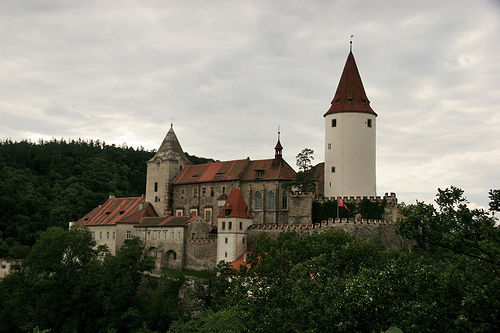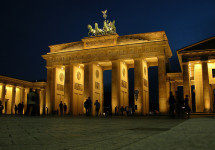
Brandenburg Gate is a symbol and landmark of many things, as decided by history.
- Brandenburg Gate is a large gateway that consists of five openings, that spans across the entrance to a public square, that is now called the ‘Pariser Platz’, in Berlin, Germany not far from what once was the city palace.
- ‘Brandenburg Gate’ is known as ‘Brandenburger Tor’ in the German language and it was historically the beginning of the road from Berlin to Brandenburger.
- The Brandenburg Gate is one of the eighteen original gates of the ‘Berliner Zoll- und Akzisemauer’, or in English – ‘Berlin customs and excise wall’, which surrounded Berlin, and is the only gate still in place.
- The construction of the Brandenburg Gate was authorised by Prussian king, Friedrich Wilhelm II (Frederick William II), built from 1788 to 1791, replacing a simple pre-existing structure, and the new gate was to symbolise peace.
- Extensive damage was inflicted upon the Brandenburg Gate as a result of ammunition during World War II, and together in 1956 to 1957, East and West Berlin restored the gate.
Brandenburg Gate
Image courtesy of james j8246/Flickr
- The Brandenburg Gate was effectively closed for almost 30 years, after the Berlin Wall that divided East Berlin and West Berlin, was completed in 1961, and it was re-opened in 1989 and later renovated from 2000 to 2002, with private funds.
- Originally vehicles travelled through the Brandenburg Gate; however, since 2002 the road has only been open to foot traffic, and as such has been paved with cobblestone.
- Brandenburg Gate reaches an approximate height of 26 metres (85 feet) and spreads 65.5 metres (215 feet) in width.
- A statue is located on the top of the Brandenburg Gate, known as the Berlin Quadriga, which depicts the goddess of peace or victory in a chariot drawn by four horses, which was placed there in 1793, and was once stolen by Napoléon Bonaparte.
- The Brandenburg Gate was designed by Prussian architect Carl Gotthard Langhans, in the Greek revival neoclassical style, and it is decorated with bas-relief, and has twelve columns.
Bibliography:
Brandenburg Gate, 2016, Penguin’s Berlin Guide, http://berlin.barwick.de/sights/famous-places/brandenburg-gate.html
Brandenburg Gate, 2016, Wikipedia, https://en.wikipedia.org/wiki/Brandenburg_Gate
Brandenburg Gate, n.d, Visit Berlin, http://www.visitberlin.de/en/spot/brandenburg-gate
Maranzani B, Brandenburg Gate: A Brief History, 2013, History, http://www.history.com/news/brandenburg-gate-a-brief-history





